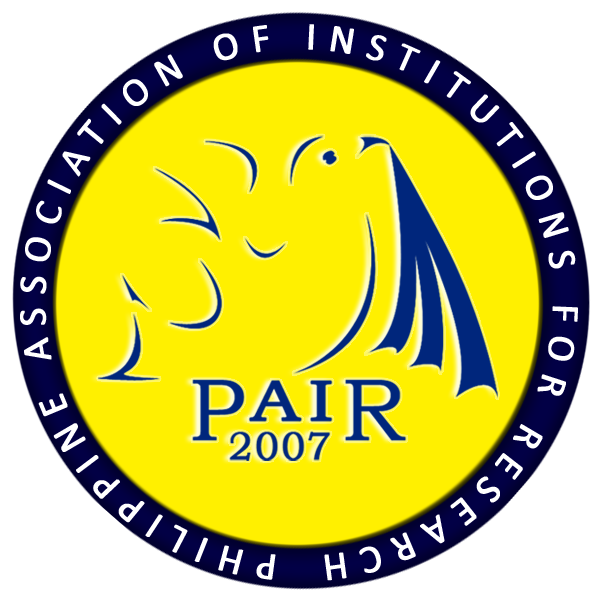Tone in UNICEF Press Releases in the Global Settings: A Contrastive Analysis
DOI:
https://doi.org/10.7719/jpair.v50i1.429Keywords:
Social Science, contrastive rhetoric, tone, content analysis, world English, press release, PhilippinesAbstract
Tone sets the readers' mood in which the writers confide their writing styles which can convey much of the cultural background of the community to where they belong. In the world's preceding advancement, the tone in a text has limited literature in the field. This motivated the researcher to look at the press release as it is the new face of public relations. The nature of the study is on Intercultural rhetoric (IR)/Contrastive Rhetoric (CR), the study of written discourse between and among individuals with different cultural backgrounds. The study used quantitative and qualitative approaches as they complement the richness of the study. The gathered press release headlines of UNICEF written by authors from varied discourse communities, namely the Philippines, Thailand, and the United States of America, had gone through content analysis and discovered the ingenuity and inspiration in their word selection in writing headlines. The headlines from the Philippines are analyzed for having a committed tone and logical and analytical attitude. Interestingly, press releases from Thailand have a committed tone as well. On the other hand, press releases from the USA have a neutral tone.
Downloads
References
Bell, A. (1984). Language style as audience design. Language in society, 13(2), 145-204.
Downloads
Published
Issue
Section
License
Copyright (c) 2022 Nikko J. Domingo

This work is licensed under a Creative Commons Attribution-NonCommercial 4.0 International License.
Open Access. This article published by JPAIR Multidisciplinary Research is licensed under a Creative Commons Attribution-Noncommercial 4.0 International (CC BY-NC 4.0). You are free to share (copy and redistribute the material in any medium or format) and adapt (remix, transform, and build upon the material). Under the following terms, you must give appropriate credit, provide a link to the license, and indicate if changes were made. You may do so in any reasonable manner, but not in any way that suggests the licensor endorses you or your use. You may not use the material for commercial purposes.




















